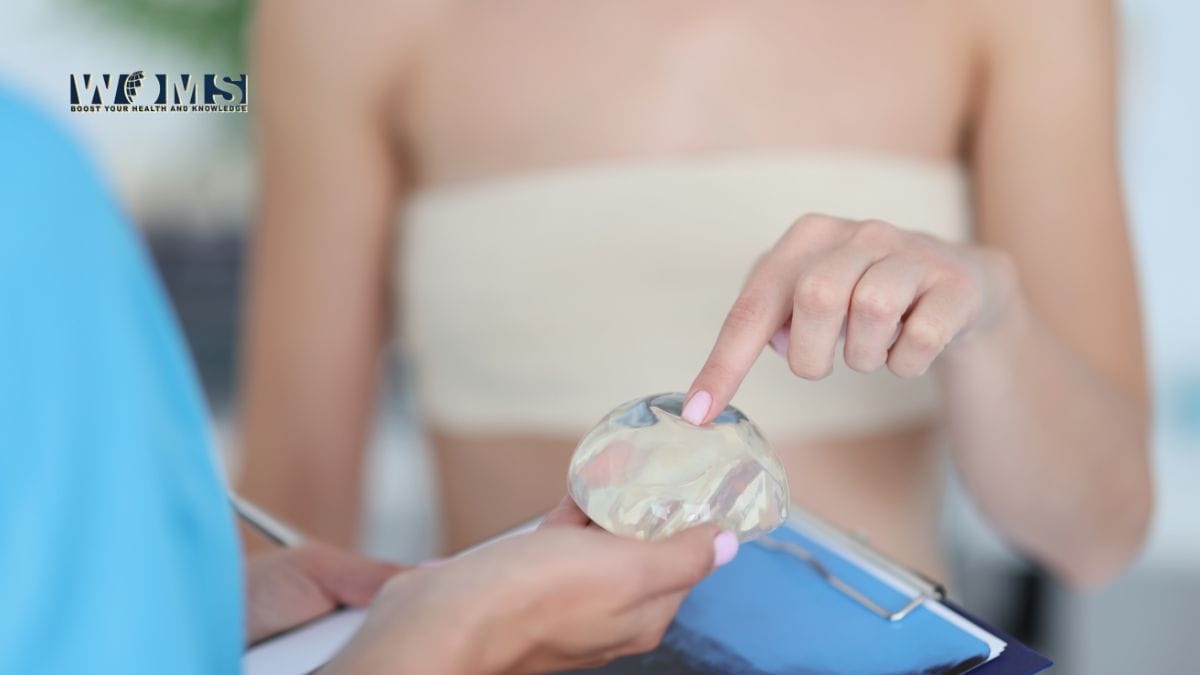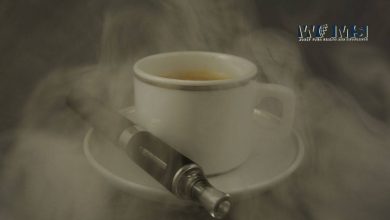The Life Cycle of Breast Implants: When Replacement Becomes Necessary

Breast implants are a type of medical implant that augments the size of the breasts. Placed under the pectoral muscle or underneath the glandular breast tissue, breast implants are one of the most popular elective surgical procedures in the world. Thin women may lack adequate breast tissue and feel their breasts do not fill out clothing well enough. Some women are naturally born without much natural breast tissue.
With cultural and societal trends worldwide valuing a slim figure with larger busts and buttocks, women of all shapes and sizes seek breast implants for various reasons. However, women may also seek out breast implants for medical reasons. While less common than the cosmetic version of the procedure, there are multiple medical reasons why women may get breast implants.
Firstly, one of the more common medical uses of breast implants is in breast reconstruction. Women who have undergone a single or double mastectomy to treat breast cancer (or for other reasons) can regain the appearance of breasts with breast implants. Breast reconstruction can also help women who experienced major injury or trauma to the breasts that left them without breasts or otherwise misshapen breasts.
Secondly, every woman has some degree of asymmetrical breasts. For some though, the asymmetry is extreme enough to impact their everyday life and potentially their health. With more weight on one side versus the other, this can lead to back pain and posture issues. It can also make wearing bras and clothing difficult as well as cause insecurity.
Finally, transgender women may get breast implants as part of a gender affirming surgery. Performed with the same types of breast implants and placed in the same area, breast implants can help alleviate gender dysphoria for transgender patients and improve their quality of life.
Breast implants are often considered permanent or lifetime devices. This is a common misconception. While this certainly may be true for some women in some circumstances, it is not wholly true. There are times when women choose to replace or remove their breast implants. Reasons can vary from personal to medical.
Types of Breast Implants
Breast implants come in two primary types. First, saline breast implants consist of an empty silicone shell that the surgeon then fills with saline during surgery. This does allow the patient a small range in size that they can achieve by safely overfilling the breast implants. Some women concerned about leaking implants may choose saline because if they do leak, the saline is harmless.
In contrast, many women believe that saline breast implants look and feel less natural than alternatives. They also are more susceptible to rupture than gel implants. Saline implants can still be a great option for the right patient.
Silicone gel implants consist of a silicone outer shell—like saline implants—but they come pre-filled with a silicone gel. The gel mimics the look and feel of the natural breast. It is softer and tends to take on a more natural shape. Modern silicone implants also come with a large variety of options including textured or smooth implant surfaces, round or anatomical breast implant shapes, and more or less cohesive silicone gel.
Even as the most popular option, silicone breast implants do have some potential drawbacks. If rupture occurs, it is usually not detectable immediately. Also, since they come pre-filled, they require a slightly larger incision than saline breast implants do.
Pros and Cons of Saline Implants
Pros of saline implants may include the following:
- Adjustable size
- Requires a smaller incision
- If a rupture occurs, it is immediately noticeable
- Available to women 18 and over
- Less cost
- A good option for women with significant breast tissue
Cons of saline implants may include the following:
- Looks and feels less natural
- More prone to wrinkling or rippling
- More likely to rupture
- Occasionally water sloshing may be felt or heard
Pros and Cons of Silicone Implants
Pros of silicone implants may include:
- Natural look and feel
- More variety available
- Different shapes to choose from
- Less likely to rupture
- Wrinkling and rippling are unlikely
- Silicone gel mimics the looks and feel of natural breast tissue
- A good option for women with little natural breast tissue
Cons of silicone breast implants may include:
- Requires a larger incision
- If rupture occurs, it can be more damaging (this is rare)
- More cost
- Fixed size
Longevity of Breast Implants
Modern breast implants—while designed to be long lasting are not permanent devices. That said, it is a personal decision when and if a patient decides to exchange their implants. If a patient is not having problems and no problems are detected during imaging and exams, there is likely little reason to remove the implants as long as the patient still wants them.
The risk of rupture with both saline and silicone implants increases by about a percentage point every year you have your implants. Due to this, surgeons sometimes recommend replacing breast implants somewhere within ten to twenty years post-placement. However, this is not a requirement. Some patients may choose to replace implants before ten years and some may keep their implants well over two decades.
Lifespan of Saline vs. Silicone Implants
Saline and silicone breast implants can last several years. On average though, silicone breast implants have an overall longer lifespan than saline breast implants. In general, saline and silicone implants are designed to last at least ten years before the increase of rupture increases significantly enough to consider breast implant replacement.
If a rupture occurs in a saline implant, the implant and breast will slowly deflate over the course of about a day. Going in to see your surgeon at this time is imperative because they can immediately work to replace the implant. In some cases, they may replace both breast implants, even if it was only one that ruptured. This is more common in older sets of implants.
If a silicone implant rupture occurs, patients are unlikely to know. The cohesive gel prevents leakage from the shell. MRIs are recommended to monitor the integrity of silicone breast implants. If a rupture is detected, a surgeon will likely remove it and replace it if the patient desires. While leakage of the silicone gel can be dangerous, modern silicone breast implants use a thicker, more cohesive gel that is less likely to leak.
Monitoring and Tests
The FDA recommends that patients with silicone breast implants undergo MRIs starting three years after surgery and continuing every two years thereafter. While this is a recommendation, not a requirement, it is highly recommended that patients are vigilant in monitoring their breast implants.
Reasons for Replacement or Removal
Women may choose to remove their breast implants for a variety of reasons. They may personally feel they do not suit them anymore, they want to go bigger or smaller, or perhaps the patient is experiencing symptoms of breast implant illness. Whatever the reason, replacing or undergoing breast implant removal is a highly personal decision to make with your surgeon.
Common Reasons for Replacement or Removal
There are many reasons women may choose to replace or remove their breast implants such as:
- Implant rupture
- Capsular contracture
- Rippling/wrinkling
- Shifting
- The desire for larger or smaller implants
- Want to switch the type of implants
- Breast implant illness
- No longer fit the patient’s lifestyle
- Do not want breast implants anymore
- Maintenance or updation of older implants
Knowing When to Replace
There are few definitive signs that implants need to be replaced. If they have obviously shifted out of place, ruptured, or become misshapen in some way, these are likely signs that replacement or removal is warranted. However, personal preference is also a perfectly valid reason to undergo breast implant exchange or breast implant removal. As long as the patient is happy with her breasts and decisions and there are no signs of complications, there is no reason to veto either replacement or choosing not to replace when no outside factors contribute.
Conclusion
Breast implants while designed to be long lasting are not permanent devices. It is possible that a patient may enjoy her implants for two, three, or even four decades, but patients should understand that replacement or removal is likely within their lifetime. Additionally, patients who follow post-operative instructions and regularly undergo the recommended screenings are more likely to see their implants last longer or be able to identify problems quickly. Patients with active lifestyles may have a slightly increased risk of rupture. Overall, patients can expect to enjoy their breast implants for many years.




